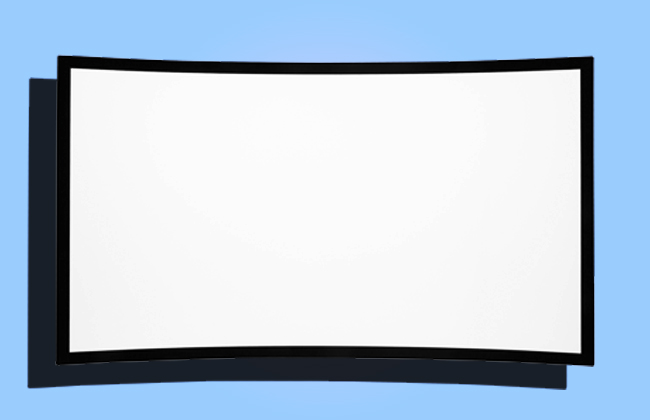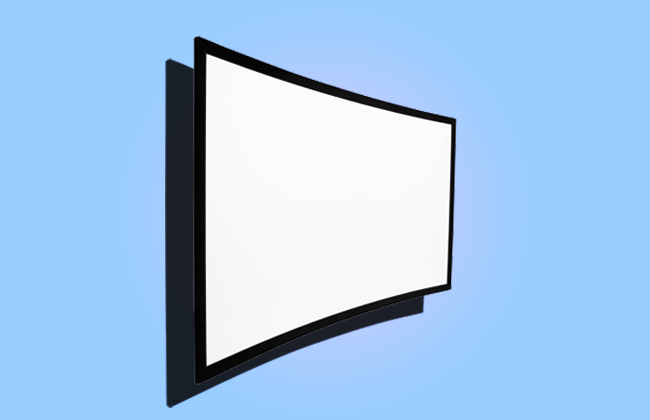Here are the key features and benefits of a Curve Frame Projection Screen:
Curved Shape: Unlike traditional flat screens, a curved projection screen has a gentle curve across its width or height. The purpose of this curvature is to help maintain uniform brightness and clarity across the entire viewing area. It reduces distortion and maintains focus, especially towards the edges of the screen.
Improved Viewing Experience: The curved design helps to direct light from the projector towards the audience more effectively. This results in a more immersive experience, making viewers feel more involved in the content, whether it's a movie, presentation, or simulation.
Reduced Ambient Light Impact: Curved screens can also help in environments where ambient light might otherwise wash out the projected image. By focusing the light towards the audience, rather than dispersing it, the screen enhances contrast and visibility.
Ideal for Large Venues: They are particularly beneficial in larger venues such as theaters, auditoriums, conference rooms, and home theaters with expansive seating arrangements. The curve helps ensure that viewers seated off-center still experience high-quality imagery.
Compatibility with Ultra-Wide Formats: Many curved screens are designed to accommodate ultra-wide aspect ratios common in cinematic experiences, such as 2.35:1 or even wider formats. This makes them suitable for displaying films as intended by directors.
Customizable Options: Curve Frame Projection Screens are available in various sizes and curvature degrees to suit different projector setups and viewing distances. Some screens allow for adjustment in curvature to fine-tune the viewing experience.
Overall, a Curve Frame Projection Screen enhances the visual impact of projected content by minimizing distortions, improving light reflection, and creating a more immersive viewing experience, especially in larger settings.

